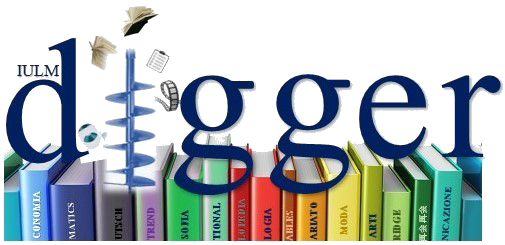This paper focusses on the noticeable presence of masons’ marks at Akrotiri (Thera) – the most prolific site outside Crete. These means of non-verbal communication are presented for the first time in an updated and revised overview, within their context and through a wide overview of the site’s architectural features and modalities of ashlar uses in the latest phase of the settlement. Particular attention is attributed to the types of signs identified at Akrotiri (after Notti 2014) and the physical characteristic of the carved blocks. Starting from a preliminary discussion on the specificities of the signs, and the perspectives and limits in this field of research – i.e. the possibility to study sets of signs within well-defined limits, trace the signs back to the carving and construction process, examine their distribution, concentration and relations with building functions, estimate the percentage of incised and non-incised blocks etc., among which the discovery of a number of incised blocks in situ is fundamental – the paper discusses also the recurring - though not systematic - patterns emerging from a general revision of the material.
On the Ashlar Walls of Late Bronze Age Akrotiri (Thera), 2020.
On the Ashlar Walls of Late Bronze Age Akrotiri (Thera)
Notti, Erika
2020-01-01
Abstract
This paper focusses on the noticeable presence of masons’ marks at Akrotiri (Thera) – the most prolific site outside Crete. These means of non-verbal communication are presented for the first time in an updated and revised overview, within their context and through a wide overview of the site’s architectural features and modalities of ashlar uses in the latest phase of the settlement. Particular attention is attributed to the types of signs identified at Akrotiri (after Notti 2014) and the physical characteristic of the carved blocks. Starting from a preliminary discussion on the specificities of the signs, and the perspectives and limits in this field of research – i.e. the possibility to study sets of signs within well-defined limits, trace the signs back to the carving and construction process, examine their distribution, concentration and relations with building functions, estimate the percentage of incised and non-incised blocks etc., among which the discovery of a number of incised blocks in situ is fundamental – the paper discusses also the recurring - though not systematic - patterns emerging from a general revision of the material.| File | Dimensione | Formato | |
|---|---|---|---|
|
15 - Notti - Ashlar (Aegis 17), offprint_reduced.pdf
Non accessibile
Dimensione
1.94 MB
Formato
Adobe PDF
|
1.94 MB | Adobe PDF | Visualizza/Apri Richiedi una copia |
I documenti in IRIS sono protetti da copyright e tutti i diritti sono riservati, salvo diversa indicazione.



